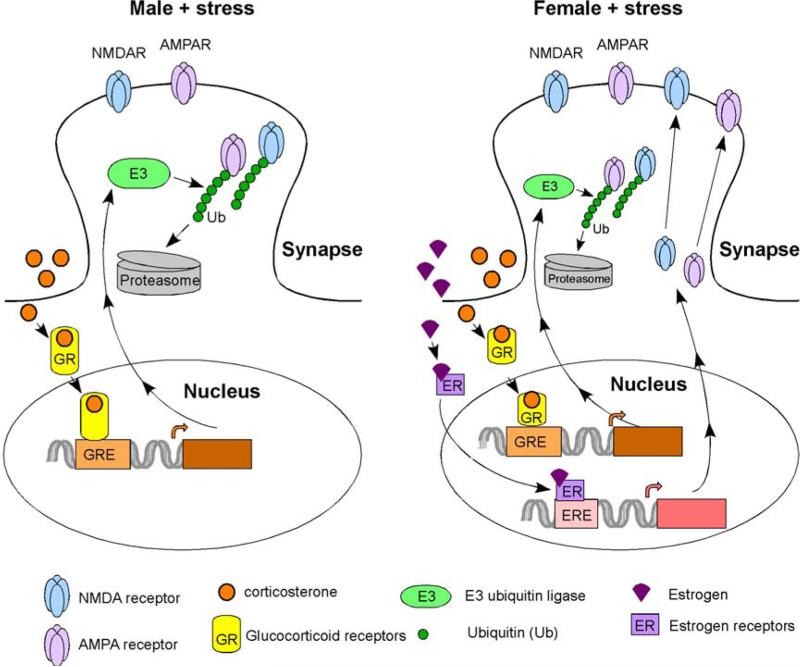Figure 2. A diagram showing the role of estrogen in determining the sexually dimorphic effects of stress on glutamatergic synaptic function in prefrontal cortical neurons.
In males, repeated stress triggers the activation of glucocorticoid receptors (GR). GR bind to glucocorticoid response element (GRE) on the promoters of downstream genes, triggering the increased glutamate receptor ubiquitination and degradation. In females, estrogen activates estrogen receptors (ER), which bind to estrogen response element (ERE) and enhance the transcription of synaptic plasticity genes that promote the synthesis and exocytosis of glutamate receptors, therefore counteracting the stress-induced depressing effects.

